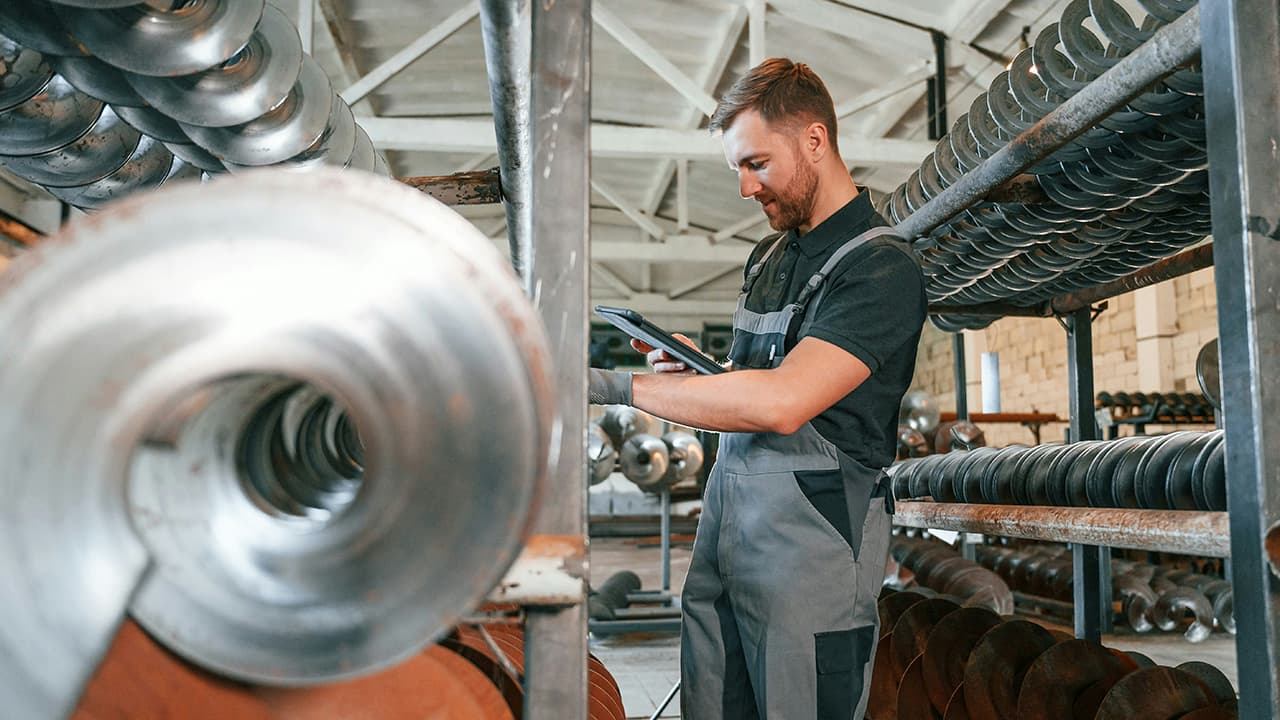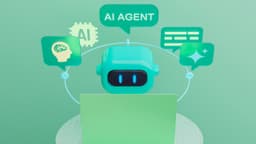How Labor Day Honors the Past and Shapes the Future of Work
Labor in the United States has a long history, built by the hard work and sacrifices of many who shaped the nation’s industries. From the early days of colonial America, with its mix of indentured servants, free workers, and enslaved Africans, to the industrial revolution that brought waves of immigrants, the American workforce has always been diverse. As we celebrate Labor Day, it's important to honor past achievements while also looking ahead to how technologies like AI will shape the future of work.
The Roots of American Labor
The United States has a rich history of labor that traces back to its colonial days. The early labor force in America was a diverse mix of indentured servants, free laborers, and enslaved Africans who worked primarily in agriculture, particularly in the Southern states. As the nation began to industrialize in the 19th century, the demand for labor expanded rapidly. Waves of immigrants from Europe, Asia, and Latin America came to the U.S., drawn by the promise of work in factories, railroads, and mines. These laborers faced long hours, poor working conditions, and minimal wages. The struggles of these early workers laid the groundwork for the labor rights movements that would follow.
The late 19th and early 20th centuries saw significant changes in the American labor force. Workers began to organize themselves into unions to fight for better wages, reasonable working hours, and safer conditions. The labor movement gained momentum with key events such as the Haymarket Affair, the Pullman Strike, and the establishment of Labor Day as a national holiday in 1894. Labor Day was created to honor the contributions of American workers and recognize the sacrifices they made to secure fair working conditions. The holiday was set in September, strategically chosen to provide a break between the Fourth of July and Thanksgiving, ensuring a period of rest during the long stretch of work in late summer and early fall.
Celebrating the Workforce
Labor Day has traditionally been a day of rest and reflection. Parades, picnics, and public speeches are common ways to celebrate the holiday, offering a chance to honor the dignity of work and the achievements of the labor movement. But beyond the festivities, it's also a day to consider the ongoing challenges faced by workers today. Economic inequality, job security, and fair wages remain pressing issues in many sectors. As we celebrate Labor Day, it's crucial to remember that the fight for fair labor practices is an ongoing effort that requires vigilance and advocacy.
The holiday also presents an opportunity to look towards the future of labor in the United States. With rapid advancements in technology, the nature of work is evolving. Automation, AI, and other digital technologies are transforming industries at an unprecedented pace. As we celebrate the labor of the past and present, we must also consider how these technological changes will shape the future workforce.
AI's Role in the New Era of Labor
Artificial Intelligence is set to play a significant role in the future of labor. By automating routine tasks, AI can help workers focus on more complex and creative aspects of their jobs. For instance, in manufacturing, AI-driven robots can handle repetitive assembly line tasks, reducing the physical strain on workers and increasing overall productivity. In the healthcare sector, AI can assist in diagnosing diseases, allowing doctors to concentrate on patient care. By taking over mundane tasks, AI has the potential to make work more fulfilling for humans, enabling them to engage in work that requires problem-solving, creativity, and interpersonal skills.
Moreover, AI can improve labor efficiency by optimizing supply chains, managing inventory, and predicting consumer demand. These improvements can lead to more stable employment by helping companies avoid layoffs during economic downturns. By analyzing vast amounts of data, AI can provide insights that enable businesses to operate more efficiently, reducing waste and maximizing resources. This, in turn, can lead to more sustainable business practices and contribute to long-term economic stability.
AI also offers opportunities to bring labor into a new era by addressing some of the most persistent challenges in the workforce. For instance, AI-driven platforms can match job seekers with employers more effectively, reducing unemployment and underemployment. These platforms can analyze a candidate's skills and experiences, pairing them with positions that suit their strengths. This can help workers find meaningful employment and improve job satisfaction.
Furthermore, AI has the potential to enhance training and education programs. Through personalized learning platforms, AI can tailor educational content to individual needs, helping workers acquire the skills necessary for the jobs of the future. This can be particularly beneficial in industries that are rapidly changing due to technological advancements. By offering targeted training, AI can ensure that workers are not left behind as industries evolve.
The Path Forward
As we look to the future, it's important to ensure that the integration of AI into the workforce benefits everyone. While AI can bring many advantages, it also raises concerns about job displacement. To address this, we need a joint effort from governments, businesses, and workers. Policies should support those whose jobs might change, and businesses should invest in training programs to help workers adapt to new roles.
Labor Day is a time to celebrate the contributions of American workers, both past and present. It's also a moment to reflect on how we can use new technologies like AI to create a future where work is more efficient, meaningful, and accessible to all.












